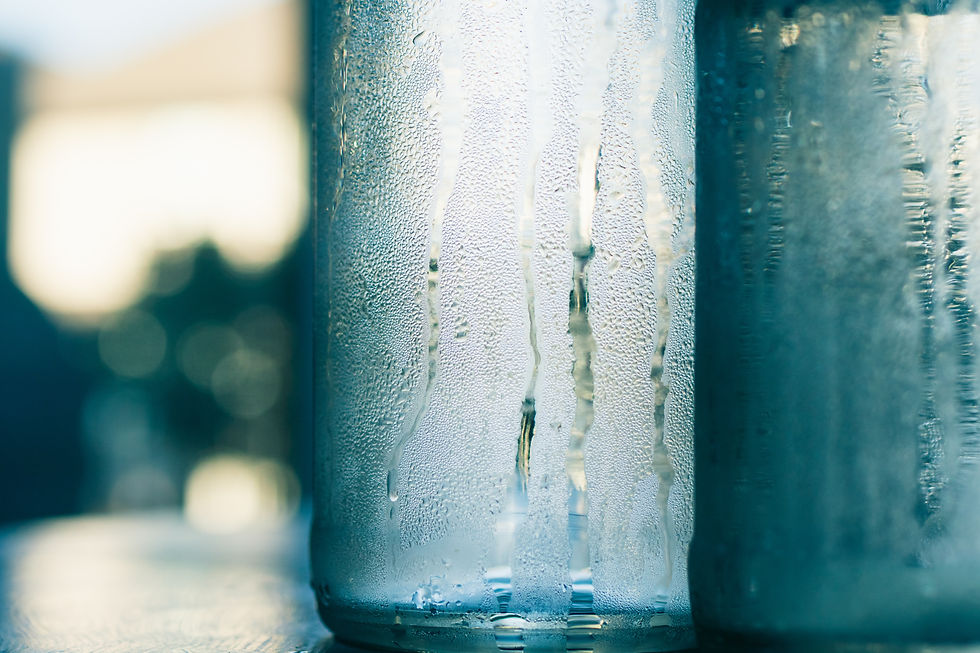
With the weather warming up where I live, I thought it would be helpful to go over a few reminders for exercising in the heat.
I personally am very susceptible to the heat, I know at least a couple instances where I started to experience heat exhaustion, mainly when I was playing sports. But none the less, it can happen no matter what you’re doing if it’s in the heat.
Ultimately hot weather puts added stress on your body, both the temperature of the air and the humidity level can increase your core temperature. When you start to get hot your body will cool itself by sending more blood to circulate in the skin leaving less blood for your muscles which in turn increases your heart rate. Humidity becomes an issue when your sweat is not evaporating. When you stop sweating you are at a greater risk of heat exhaustion, dehydration, or heat stroke.
I often hear and have done it myself, heat exhaustion and heat stroke being used interchangeably. They both occur from exposure to high temperatures but they differ in the severity.
Heat Exhaustion
The milder form of heat illness and can develop after several days of being in high temperatures, along with inadequate or unbalanced replacement of fluids. If it's left untreated it will progress into heat stroke.
Symptoms include: dizziness, fainting, intense thirst, excessive sweating, rapid weak pulse, nausea, vomiting, pale cold clammy skin, muscle cramps, and or fatigue
If you or someone you are with, starts to experience any of these symptoms move to a cooler place, drink water if able, take a cold shower or use a cold compress. It is essential to try and lower the body temperature.
Heat Stroke
The most severe heat illness, where you body temperature may rise to 103° F (which is higher than fever temps) or higher within 10-15 minutes.
Symptoms: headache, elevated body temperature, no sweating, rapid stong pulse, nausea, vomiting, red hot skin, may lose consciousness.
Many of the symptoms are similar to heat exhaustion the main differences being no sweating, rapid strong pulse and red hot skin.
If someone starts to experience these symptoms it’s important to take immediate action to cool the person and to call 911.
Heat Cramps
These are typically the first sign you might be overdoing it in the heat and need to cool it. If you start to get cramps, move to a cooler place, stretch and massage the areas, drink some water or electrolytes. DONT exercise for the rest of the day, it will do more harm than good.
General Tips for Exercising in the Heat
Avoid the hottest part of the day (typically 11am - 3pm)
Watch for humidity
Drink at least 16-24 oz. (2-3 cups) of water a couple of hours before exercising
Continue drinking water after workout
Drink water while exercising
Drink water or electrolytes every 15 minutes even if you’re not thirsty
2-4 cups every hour
Use sunscreen - minimum of 30 spf and reapply every 2 hours
Sunburns decrease your body’s ability to cool itself
Wear light breathable clothing
Light colored and sweat wicking
Know your limits
Scale back your workout if temperature or humidity is high
Replenish your electrolytes
if you are exercising for a couple of hours
Take breaks often
There are plenty of benefits to exercising outside, but don't let the benefits be outweighed by the damaged you can do if you over do it.
References & Continued Reading
https://www.ncbi.nlm.nih.gov/pmc/articles/PMC1322918/
https://www.sciencedirect.com/science/article/abs/pii/S1095643301002793
https://selecthealth.org/blog/2020/07/exercising-in-the-summer-heat
https://societyinsurance.com/blog/10-safety-tips-for-working-in-hot-weather/
https://www.hopkinsmedicine.org/health/conditions-and-diseases/exerciserelated-heat-exhaustion
https://www.safetyandhealthmagazine.com/articles/23944-working-out-in-the-heat
https://www.ncbi.nlm.nih.gov/books/NBK236240/
https://health.clevelandclinic.org/should-you-exercise-when-its-hot/
https://www.eatright.org/fitness/physical-activity/exercise-nutrition/exercise-safely-in-hot-weather
https://www.performancehealth.com/articles/7-tips-to-safely-exercise-in-the-heat
Yorumlar